Most Beautiful Places In West Greece #1 - Patras -
Patras is Greece's third-largest city and the regional capital of Western Greece, in the northern Peloponnese, 215 km (134 mi) west of Athens. The city is built at the foothills of Mount Panachaikon, overlooking the Gulf of Patras.
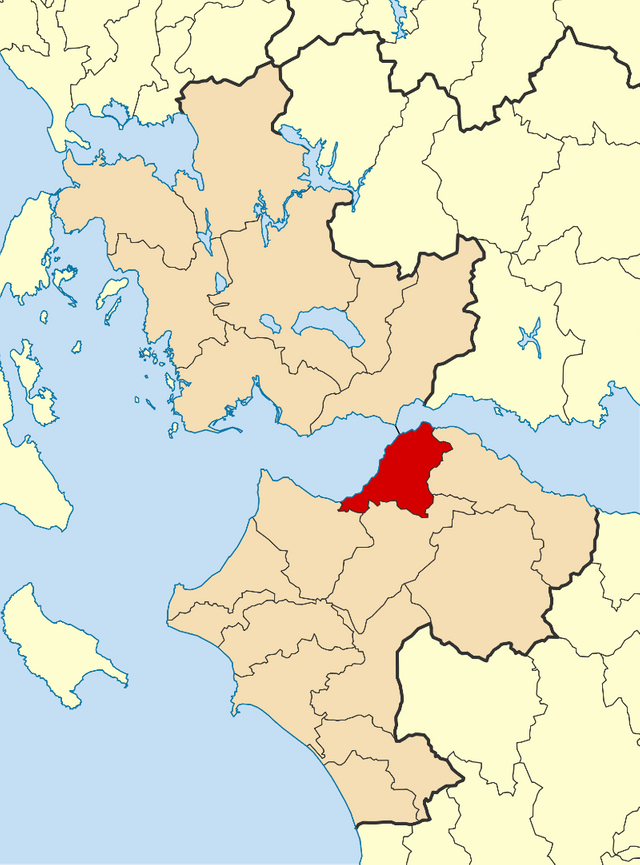
Patras has a population of 213,984 (in 2011).[1] The core settlement has a history spanning for four millennia; in the Roman period it had become a cosmopolitan center of the eastern Mediterranean whilst, according to the Christian tradition, it was also the place of Saint Andrew's martyrdom. According to the results of 2011 census, the metropolitan area has a population of 260,308 and extends over an area of 738.87 km2 (285.28 sq mi).
Dubbed as Greece's Gate to the West, Patras is a commercial hub, while its busy port is a nodal point for trade and communication with Italy and the rest of Western Europe. The city has two public universities and one Technological Institute, hosting a large student population and rendering Patras an important scientific centre[citation needed] with a field of excellence in technological education. The Rio-Antirio bridge connects Patras' easternmost suburb of Rio to the town of Antirrio, connecting the Peloponnese peninsula with mainland Greece.
![Rion Bridge Greece.jpg]
(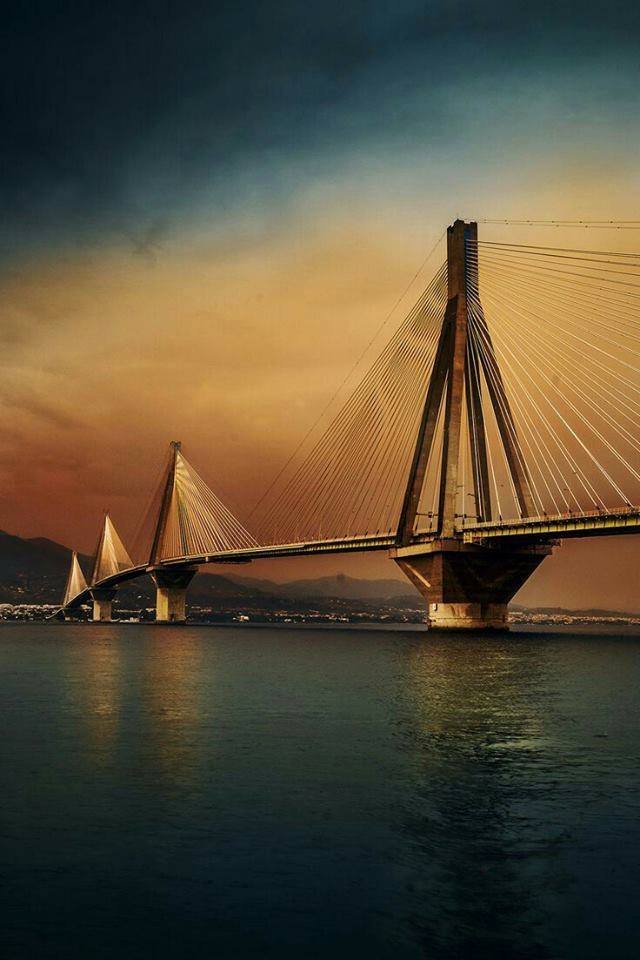 )
)
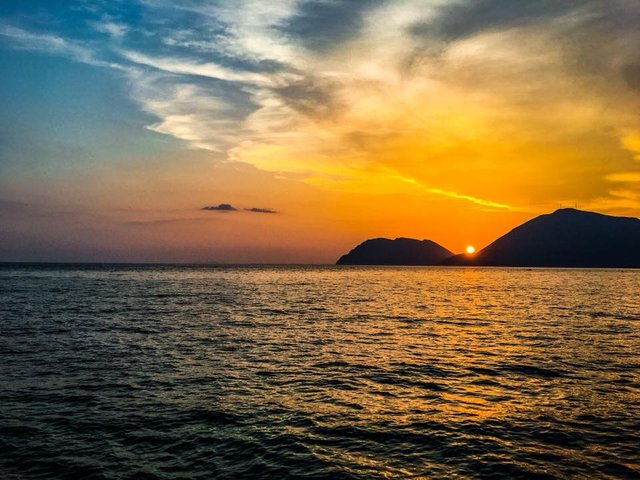
Every year, in February, the city hosts one of Europe's largest carnivals: notable features of the Patras Carnival include its mammoth satirical floats and balls and parades, enjoyed by hundreds of thousands of visitors in a Mediterranean climate. Patras is also famous for supporting an indigenous cultural scene active mainly in the performing arts and modern urban literature. It was European Capital of Culture in 2006.
Patras is 215 km (134 mi) west of Athens by road, 94 km (58 mi) northeast of Pyrgos, 7 kilometres (4 miles) south of Rio, 134 km (83 miles) west of Corinth, 77 km (48 miles) northwest of Kalavryta, and 144 km (89 mi) northwest of Tripoli.
A central feature of the urban geography of Patras is its division into upper and lower sections. This is the result of an interplay between natural geography and human settlement patterns; the lower section of the city (Kato Poli), which includes the 19th-century urban core and the port, is adjacent to the sea and stretches between the estuaries of the rivers of Glafkos and Haradros. It is built on what was originally a bed of river soils and dried-up swamps. The older upper section (Ano Poli) covers the area of the pre-modern settlement, around the Fortress, on what is the last elevation of Mount Panachaikon (1,926 m (6,319 ft))[3] before the Gulf of Patras.
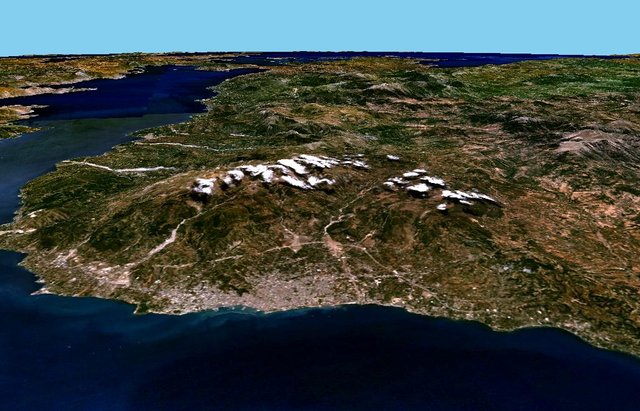
Patras and its region is home to various Ancient Greek, Roman and Byzantine Monuments, including the Roman Odeon, the Fortress of Rio and the Fortress (castle) of Patras.[13] More specifically, the main sights of the city are:
The Roman Odeon, the most significant ancient monument, is in the upper town and was built around 160 AD, in the reign of either Antoninus Pius or Marcus Aurelius. It has been restored and partially reconstructed, and is used as an open-air theatre for performances and concerts in the summer.
The medieval Patras Castle, in the ancient acropolis overlooking the city, was initially built in the 6th century AD by the Byzantine emperor Justinian, having many additions from the period of the Frankish and Venetian rule of the city, up to as far as the time of the Despotate of Morea and later the Ottoman Empire. Its current outline dates back to the second Venetian rule of the town (1687–1715). Today, its interior is used as a public garden.
The Roman Amphitheatre, near the Roman Odeon, in Ifestou street, dating from the 1st century AD, at a period of the biggest development of Roman Patras. Its area has been only partially excavated.[14]
The church of Saint Andrew of Patras was founded in 1908 by King George I and was inaugurated in 1974. It is dedicated to Saint Andrew, the patron of the city.[15] It is the second-largest temple of Byzantine style in the Balkans (after the Cathedral of Saint Sava in Belgrade). The central cupola is 46 m (151 ft) tall and is the base for a 5-metre (16 ft) gold-plated cross and twelve smaller ones, symbolising Christ and the twelve apostles. A congregation of at least 5,000 can attend a sermon within the church.[16]
The municipal Theatre Apollon, built in 1872 to plans by the German architect Ernst Ziller. The building is characteristic of the 19th-century neoclassical style and is in the central square of the city.
The Achaia Clauss wine industry and tasting center, which is on the outskirts in Petroto village. It was founded in 1861 by the Bavarian Gustav Clauss and is most famous for its Mavrodaphne.
The Patras Archaeological Museum exhibits the history of Patras from the prehistoric era to the late Roman period.
The Roman aqueduct[17] that led from the springs of Romanos to the acropolis. The aqueduct measured 6.5 km (4.04 mi) from the water cistern to the castle. For the greater part of this distance, the water passed through an underground channel, passing over valleys and gorges on carefully constructed archways, parts of which still stand, in the area of Aroi.[18]
The Turkish baths building (16th century), still retain their initial use, and are one of the oldest Turkish baths surviving in Europe. [19]
The Patras Lighthouse, a reconstructed "Faros" (Lighthouse), which is the symbol of the city.
The Agiou Nokolaou Stairs, Gerokostopoulou Stairs, Patreos Stairs and Trion Navarchon Stairs, outdoor grand staircases all over the centre of the city dividing the upper town from downtown.
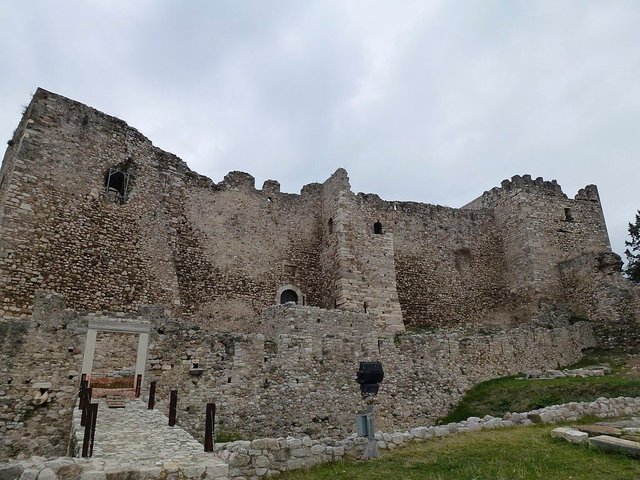
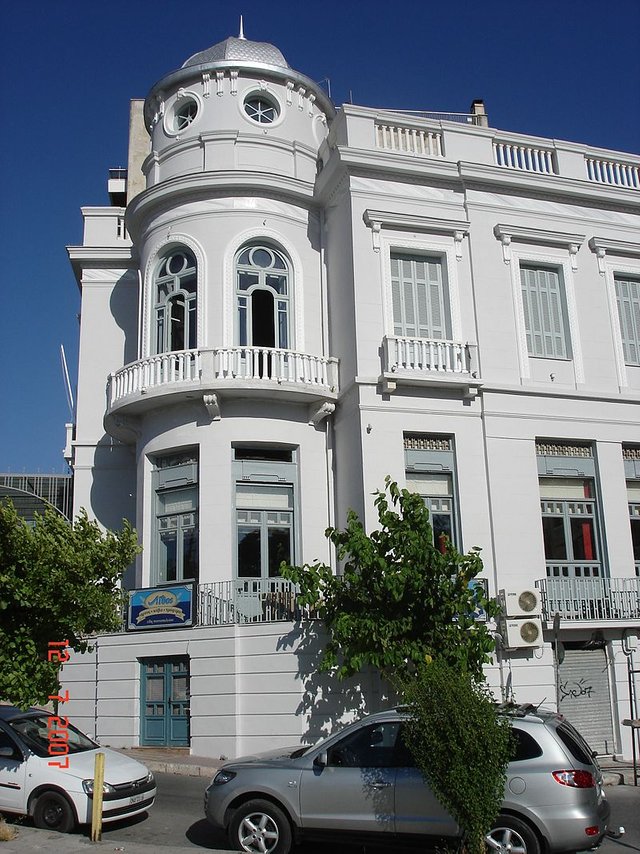
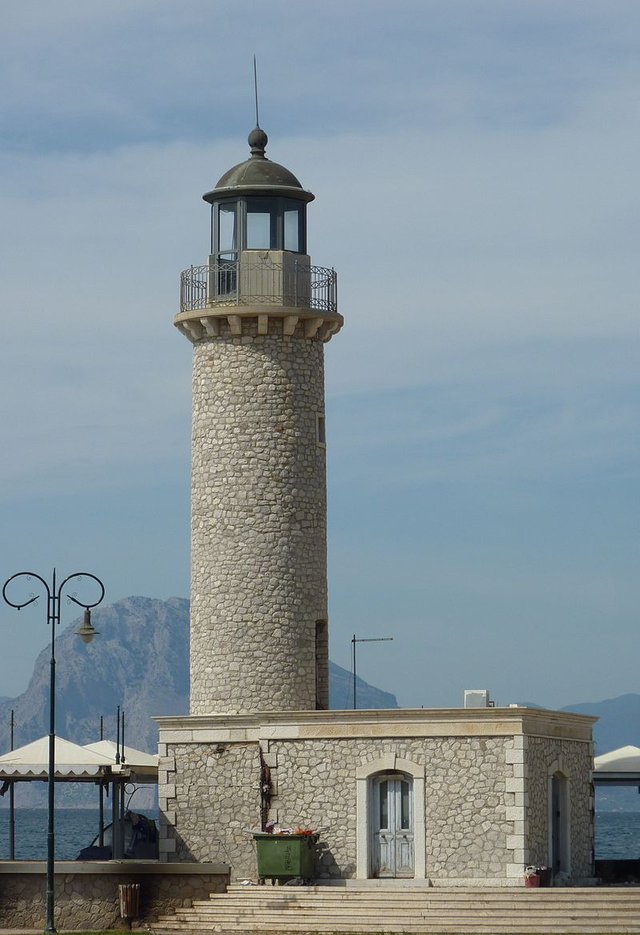
.jpg)
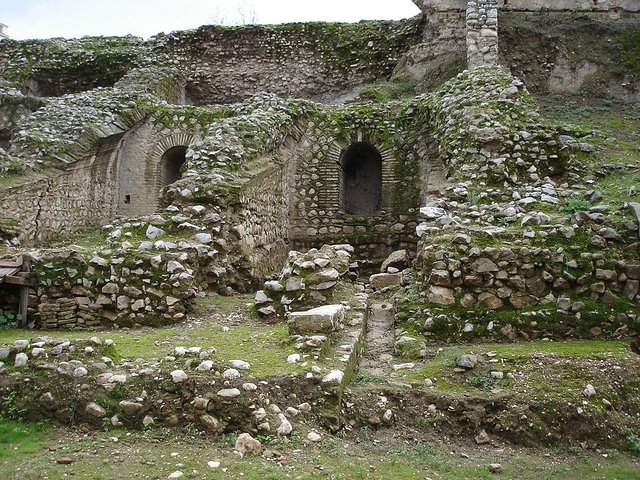
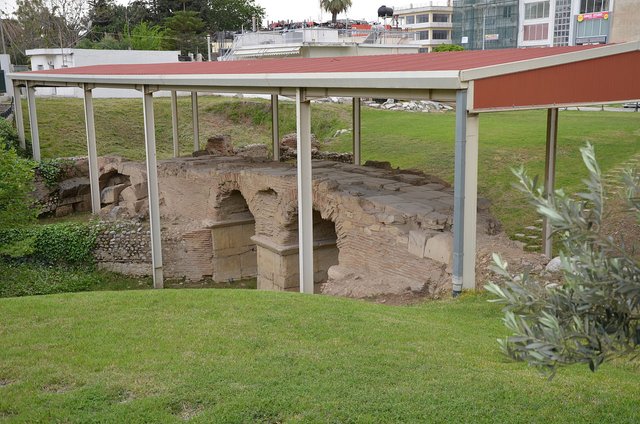
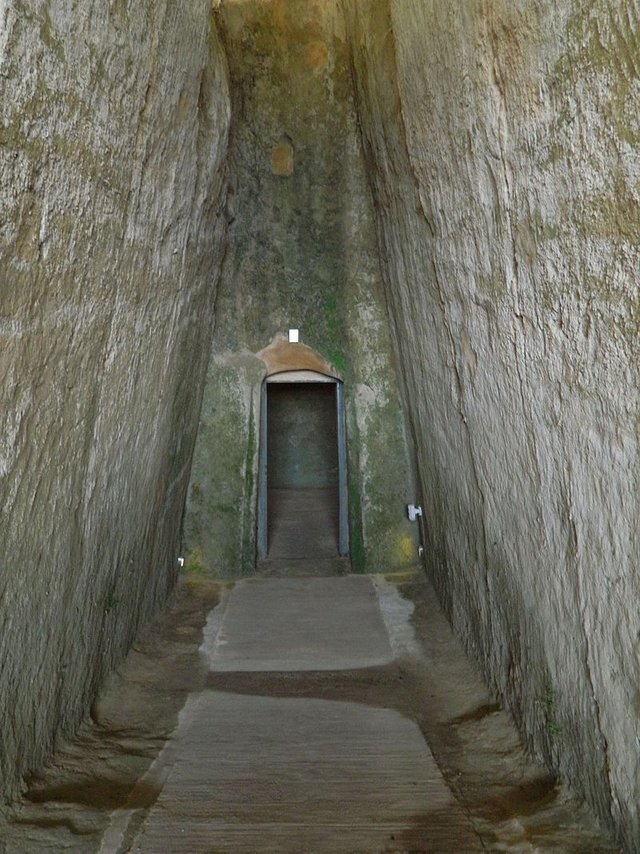
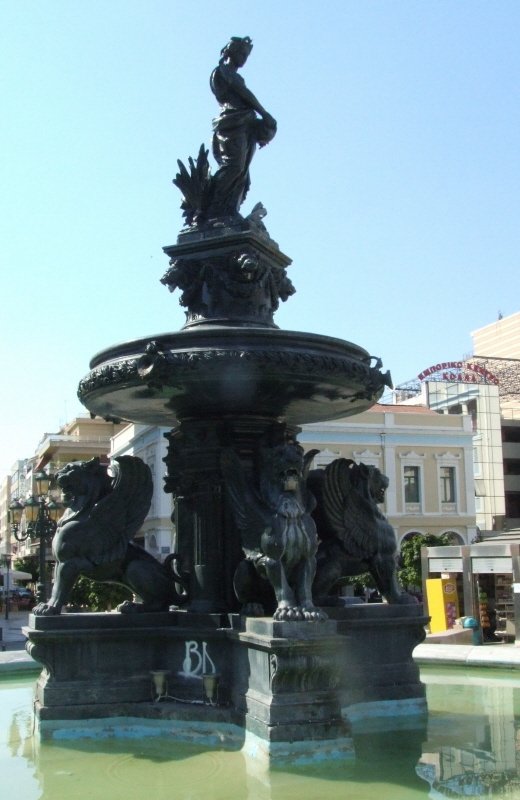
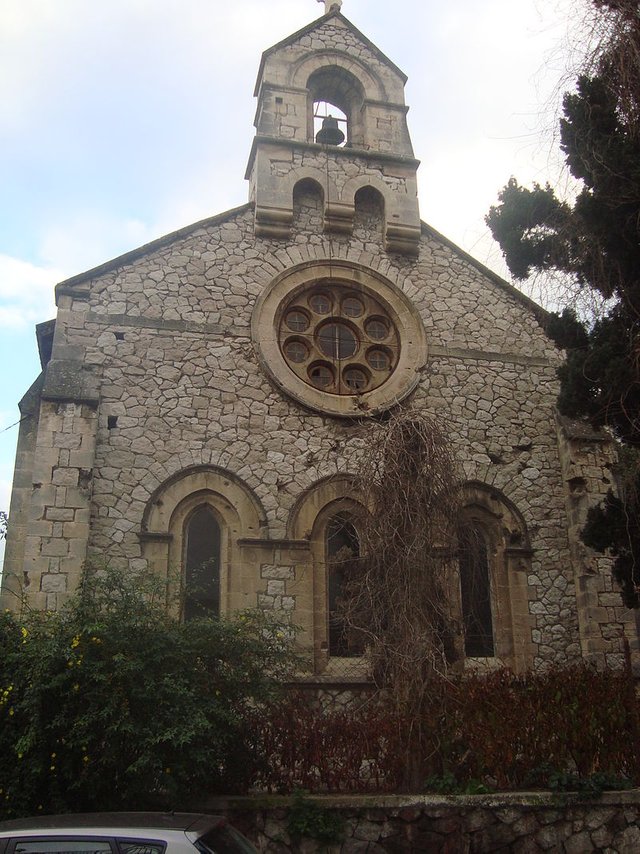
Hi! I am a robot. I just upvoted you! I found similar content that readers might be interested in:
https://en.wikipedia.org/wiki/Patrae